
Natasha Collie
Senior Brand Marketing Manager at Penguin Random House UK
At the start of the year, Ladybird Books approached Sonder & Tell with a dream brief. In 2021, a year that’s been particularly challenging for...
In conversation with
Editor-in-Chief Azeema
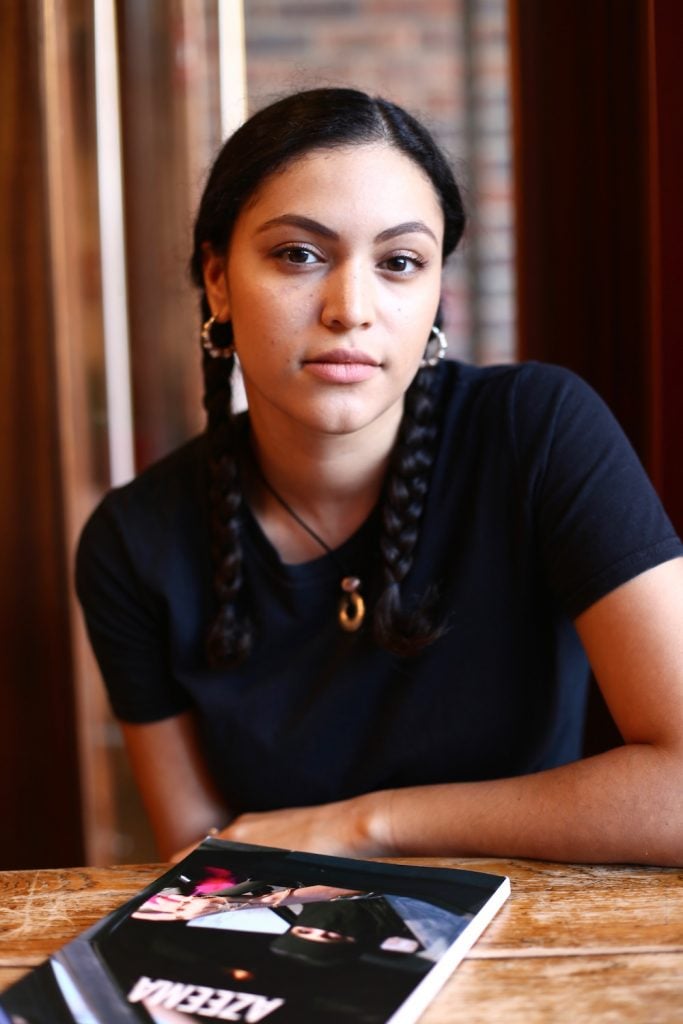
“Belonging to different cultures and ethnicities can sometimes be confusing as a young woman,” writes Jameela Elfaki in Azeema – the print publication for Middle Eastern and North African women and women of colour which she founded and edits. “It’s a confusion which has taken me years to understand and I’m still learning everyday. Accepting that it’s okay to not fit into a box or belong to just one place is a beautiful and liberating thing.”
Jameela’s words preface Azeema’s collection of intimate photographs, bold fashion editorials, features and creative writing – from interviews with Muay Thai Kickboxing champion Ruqsana to letters from a young Sudanese girl living with borderline personality disorder. The magazine celebrates the multi-layered experience of being a woman of colour at the same time as it creates a new space for women to express themselves. “It’s okay to have multiple cultures, homes and communities,” says Jameela, “It is your choice how you express your identity”. We spoke to the young editor about finding her own voice and speaking out.
I did fashion communications and promotion at Central Saint Martins and for our final project we had to create a publication. I wanted to do something meaningful so I started thinking about what was out there already and realised there wasn’t anything that really represented me as a person or my heritage.
I’m half-Sudanese, half-British and my dad is Islamic. I was brought up in England but I have a part of me which is quite complicated. There’s not much representation for girls in the Middle East or Africa in general, but especially not in fashion. I was sick of seeing one section of our diverse society represented.
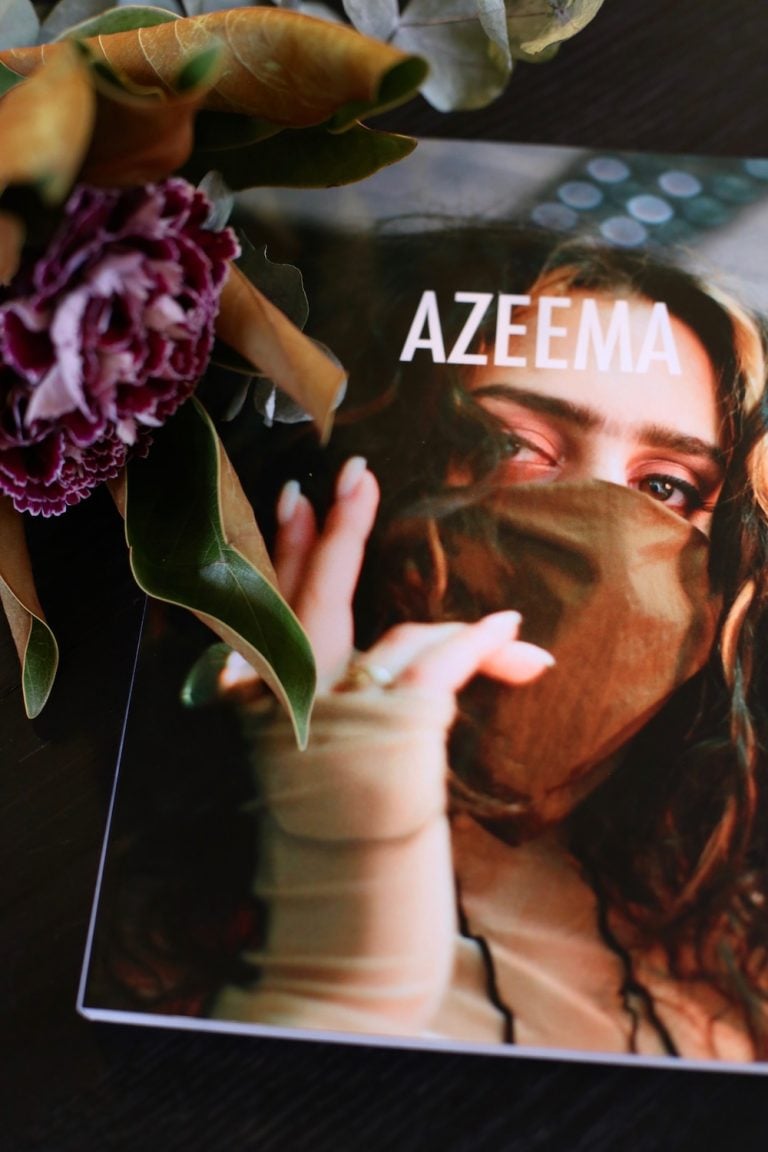
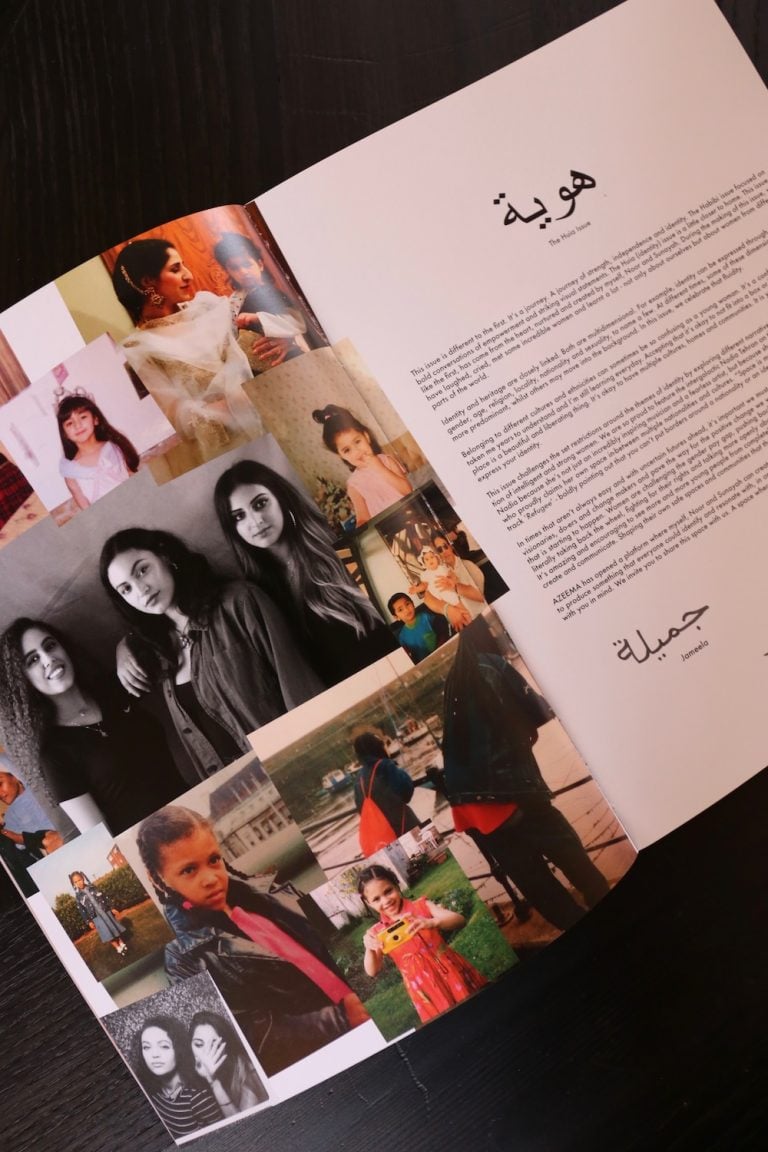
There was nothing out there at the beginning that inspired me. All of this has been a massive learning curve for me. As I’ve gone along I have done much more research and met people doing similar things – people like Gal Dem or Nii Journal – but when it started as an idea there was nothing that was reaching me organically. And that says something.


There was a band called Burka Band from Afghanistan. They all wear burkas and rock out. These girls wanted to play music. It was rebellious. And they were still doing it covered. I was trying to tell a story of empowerment, togetherness and strength but it’s difficult to explain it as a flat statement.
“I realised I’d hit the nail on the head with Azeema as so many women were approaching me and asking ‘why is there nothing like this?’ ”
I realised I’d hit the nail on the head with Azeema as so many women were approaching me and asking ‘why is there nothing like this?’ Someone else said she didn’t realise how unrepresented we were until she read this. For the second issue there’s now three of us doing it – myself with Noor Alabdulbaqi and Sunayah Arshad. I have an Islamic background, Noor is from Saudi Arabia and Sunayah is from Pakistan. The whole publication is much more inclusive – we’ve done interviews with incredible Middle Eastern women. We’ve got photographers who have sent us work from Tunisia and Sudan.

Yumna Al-Arashi is an amazing photographer from Yemen. She is an extremely talented photographer and she’s also incredibly intelligent. We spoke to her at length and she’s so culturally aware – that comes through in her photographs. We also interviewed Balkis, an amazing artist from Saudi Arabia and a singer called Wafia who is half-Syrian.
We’ve not had any funding from anybody and we’ve had to do everything ourselves. Be prepared to spend all your money on your project because brands don’t want to back you. They won’t unless you have a big team or someone they know involved. We sent out a bunch of emails to brands and they said this sounds really interesting but maybe next year, our budget is done for the year etc.
We’re just taking it as it comes. It’s really hard because we’re all working other jobs and doing this in our spare time because we love it. It’s not making us any money. The whole point of it was to raise awareness and to put something out there that other women would find meaningful. Thinking of ways to make it sustainable is really important. We want to go shoot abroad next year in Morocco and I want to go to Sudan. If someone decides they want to throw a grand at us, that would be great!

When I was doing research for the original project I read Headscarves and Hymens: Why the Middle East Needs a Sexual Revolution by Mona Eltahawy. I read that cover to cover. Her perspective is incredible – she’s very outspoken and says whatever the fuck she wants. It’s very brave for an Egyptian woman. Another one I read was called Unveiling the Veil by Amos Sibanda. It’s about different reasons why women wear the veil.

I read iD. I’ve always loved it. I did a placement at Dazed, but I’d always pick up iD as it’s more relatable to me. They have more urban culture, people of colour and an interest in music. So it ticks more boxes for me.
There’s a debate at the moment with brands. Are they nailing diversity or are they seeing it as a trend? Young people are more aware than ever if something is authentic or not. That’s why so many brands are getting caught out. Trying to make things look diverse is not the same as actually being diverse. Diversity can’t just be part of an advert, it has to be throughout your whole company, who you employ. Adidas is good – they don’t shove it down people’s throats but they are aware. And ASOS also – they know who their audience is and they represent it through the models they have on their website and their magazine.

Senior Brand Marketing Manager at Penguin Random House UK
At the start of the year, Ladybird Books approached Sonder & Tell with a dream brief. In 2021, a year that’s been particularly challenging for...
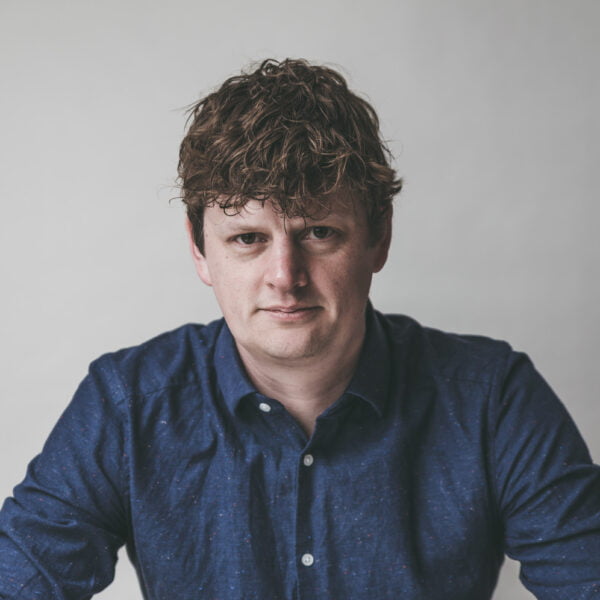
Founder Of Simple Politics
Talking about serious issues doesn’t mean defaulting into a serious tone of voice, or using complicated language. If anything, accessibility, clarity and a touch of...
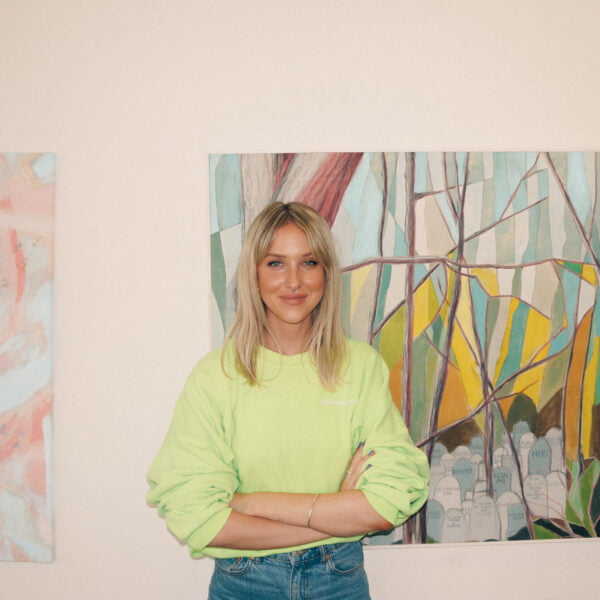
Brand & Community Manager at Homethings
Creating a tone of voice from scratch can be challenging. But a blank slate to work from also mean there’s room for something a bit...

Men's style writer, Contributing Fashion Editor GQ

Journalist, Broadcaster, Author